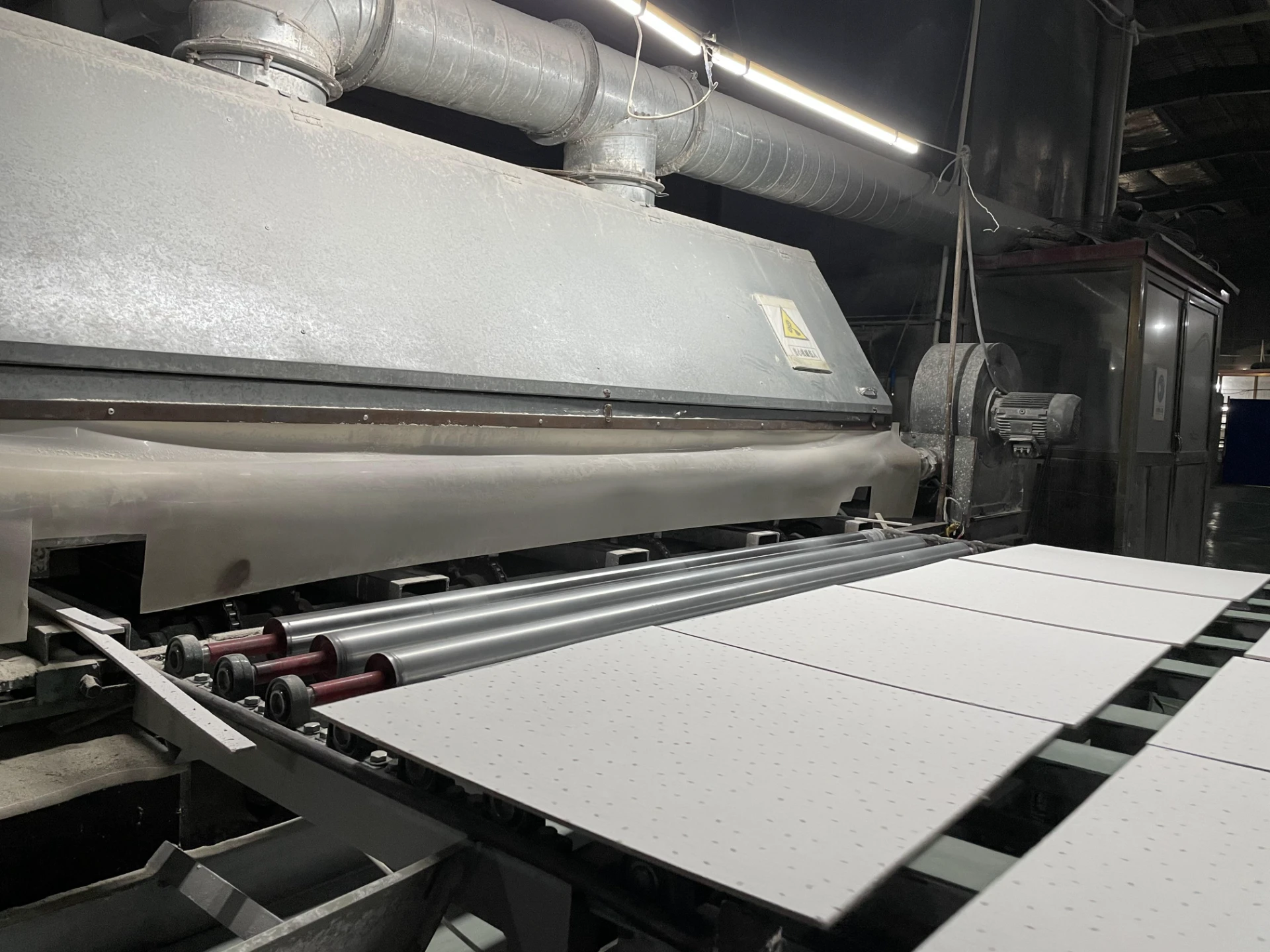- Afrikaans
- Albanian
- Amharic
- Arabic
- Armenian
- Azerbaijani
- Basque
- Belarusian
- Bengali
- Bosnian
- Bulgarian
- Catalan
- Cebuano
- Corsican
- Croatian
- Czech
- Danish
- Dutch
- English
- Esperanto
- Estonian
- French
- German
- Greek
- Hindi
- Indonesian
- irish
- Italian
- Japanese
- Korean
- Lao
- Malay
- Myanmar
- Norwegian
- Norwegian
- Polish
- Portuguese
- Romanian
- Russian
- Serbian
- Spanish
- Swedish
- Thai
- Turkish
- Ukrainian
- Uzbek
- Vietnamese
Ноя . 11, 2024 05:07 Back to list
Cross Tee Ceiling Design and Installation Guide for Modern Interiors
Understanding Cross Tee Ceilings A Guide to Design and Installation
Cross tee ceilings are a popular design feature in modern architecture, particularly in commercial and industrial spaces. They provide both aesthetics and functionality, making them an excellent choice for various environments. In this article, we will explore what cross tee ceilings are, their advantages, installation methods, design options, and maintenance tips.
What Are Cross Tee Ceilings?
Cross tee ceilings refer to a type of suspended ceiling system that includes a grid framework consisting of main tees and cross tees. The main tees run the length of the room, while the cross tees intersect them at regular intervals, forming a grid pattern. This framework is designed to support ceiling tiles or panels, allowing for easy installation and maintenance while concealing electrical wiring and ductwork.
Advantages of Cross Tee Ceilings
1. Aesthetic Appeal Cross tee ceilings can enhance the visual appeal of any space. They provide a clean, uniform look and can accommodate different ceiling tile designs, colors, and textures. This versatility allows for customization, making them suitable for various interior styles.
2. Acoustic Control Many ceiling tiles used in conjunction with cross tee systems are designed to absorb sound, making them ideal for environments where noise reduction is essential, such as offices, schools, and healthcare facilities.
3. Ease of Installation Cross tee ceilings are relatively straightforward to install. The modular nature of the grid system allows for easy adjustment, making it simpler to accommodate changes in room layout or design.
4. Accessibility The suspended design creates an accessible space above the ceiling. This area can be used for routing electrical wires, plumbing, or HVAC ducts. Should maintenance be required, ceiling tiles can be easily removed and replaced without the need for extensive work.
5. Energy Efficiency Modern ceiling tiles can contribute to energy efficiency. Some materials are designed to reflect light, reducing the amount of artificial lighting needed. Others offer better insulation, helping to regulate the temperature in a room.
Installation Process
cross tee ceiling

Proper installation of cross tee ceilings is crucial to ensure a durable and visually appealing finished product. Here is a brief overview of the installation process
1. Planning Start by measuring the room dimensions accurately and planning the grid layout. Ensure that the ceiling height is considered, especially if other fixtures will be installed.
2. Gathering Materials Necessary materials include main tees, cross tees, ceiling tiles, and suspension wires. Ensure you have the right tools, such as a level, measuring tape, and a saw for cutting tiles.
3. Creating the Framework Begin by installing the main tees according to the planned layout. Use suspension wires to secure them to the ceiling. Once the main tees are in place, install the cross tees to form the grid.
4. Installing Ceiling Tiles With the grid in place, carefully fit the ceiling tiles into the openings. Ensure they are securely tucked into the grid and that there are no gaps.
5. Finishing Touches After all tiles are installed, inspect the ceiling for any irregularities. Make any necessary adjustments or repairs before considering the project complete.
Maintenance Tips
Maintaining cross tee ceilings is crucial for prolonging their life and appearance. Regularly check for any tiles that may have become damaged or stained. Replace any defective tiles and clean the surface to remove dust and grime. For significant renovations or maintenance of above-ceiling elements, consult a professional to ensure safety and compliance with local building codes.
Conclusion
Cross tee ceilings are a functional, aesthetic, and flexible solution for interior spaces. Whether in commercial buildings, educational facilities, or healthcare environments, they offer numerous benefits, including sound absorption and ease of maintenance. Proper installation and regular upkeep ensure that they remain an integral part of the design, providing not only beauty but also practicality for years to come.
-
Transform Interiors with PVC Gypsum Ceiling: A Stylish, Durable, and Moisture-Resistant SolutionNewsMay.19,2025
-
The Smart Interior Upgrade: Discover the Durability and Versatility of Gypsum Ceiling Access Panel SolutionsNewsMay.19,2025
-
The Smart Choice for Interior Design: Discover the Value of PVC Gypsum Ceiling SolutionsNewsMay.19,2025
-
Mineral Fiber Ceiling Tiles: The Smart Blend of Performance and AestheticsNewsMay.19,2025
-
Mineral Fiber Ceiling Tiles: The Superior Choice Over Gypsum for Sound and Fire SafetyNewsMay.19,2025
-
Mineral Fiber Ceiling Tiles: Eco-Friendly Strength and Style for Every CeilingNewsMay.19,2025







